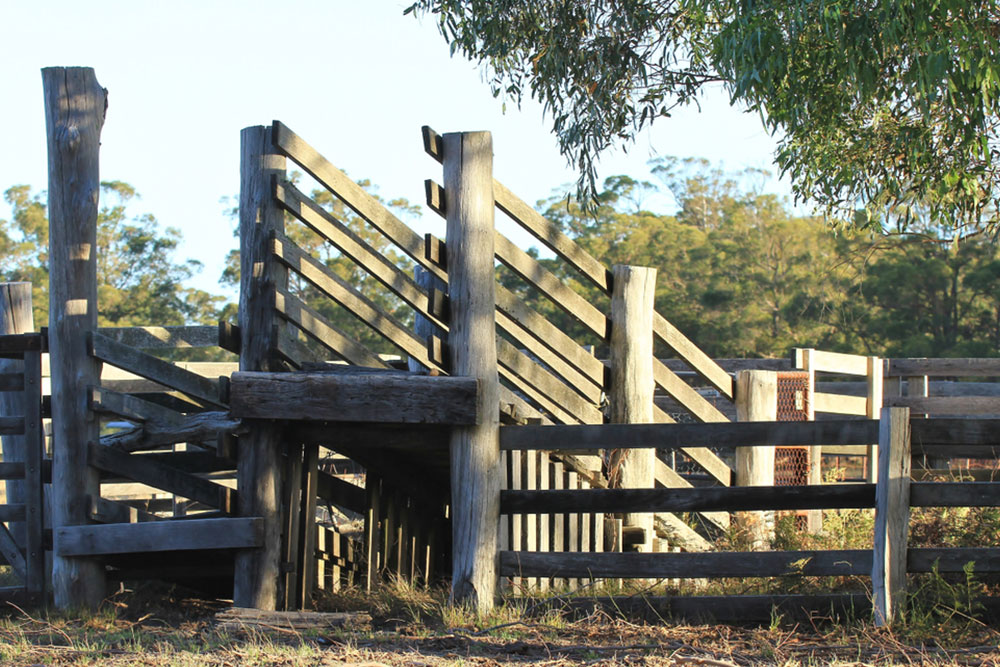Essential Tips for Selecting the Right Yard Loading Ramp
Discover essential tips for selecting the right yard loading ramp to improve efficiency, safety, and cost-effectiveness. Learn about key features, customization options, and advantages of portable yard ramps suitable for diverse operational needs. This guide helps businesses choose the best ramp tailored to their specific requirements, enabling quick and reliable loading solutions. Whether for temporary use or regular operations, find out how to identify quality units and consider important factors like width, mobility, and features for optimal performance.

Guidelines for Choosing the Perfect Yard Loading Ramp
Yard ramps, frequently referred to as portable container ramps, are metal platforms designed for efficient loading and unloading of trailers and shipping containers. Positioned at the back of trucks, these ramps enable forklifts to ascend safely and swiftly into containers or trailers. Utilizing a yard ramp allows a single forklift operator to complete loading or unloading tasks, making it a cost-effective solution for businesses with moderate daily loads. Ideal for those with limited load volume, yard ramps help streamline operations without the need for permanent dock facilities.
Important factors to consider when purchasing a yard ramp
Select a model equipped with features and options tailored to your operational needs.
Portability is key; these ramps can effortlessly be positioned at docks, trailers, or railcars.
Many models feature a self-contained hydraulic pump for quick and easy adjustment into the proper loading position.
With quick setup, you can begin loading or unloading within minutes.
Solid rubber tires of 18 inches facilitate easy movement and towing.
Open, serrated steel grating offers excellent forklift traction while preventing accumulation of water, snow, or debris.
Design features such as beveled edges ensure smooth transitions for forklifts.
For rail-to-ground or truck-to-ground loading, consider a 36-inch model with leveling features.
A straight, 30-inch ramp is suitable for dock-to-ground operations.
What is the effective width of a yard ramp?
The usable width refers to the actual space available for forklifts or workers to operate safely.
Safety curbs on each side usually add to the overall width but are not part of the functional width.
It’s important to verify that the stated overall width matches the usable space for your operations.
Customization options for yard ramps
Personalized features, like extended curbs, can accommodate specific forklift wheel heights or machinery.
If using the ramp as a pedestrian walkway, options such as handrails should be considered.
How to identify foreign-built yard ramps
Some vendors may not disclose the origin of their ramps, which can influence quality and safety standards.
Foreign ramps often feature separate guardrails or support structures, unlike domestically manufactured units with integral support rails.
Advantages of using a yard ramp
Ideal for situations where permanent loading bays are unavailable, providing quick and efficient truck loading/unloading.
Serves as a backup when traditional dock systems encounter issues.
Offers flexibility for diverse operational environments inside or outside facilities.
Eliminates the need for costly permanent installations, making them suitable for temporary or seasonal use.
Mobility features like ramp clamps and tow bars enable easy repositioning on-site using forklifts.
Perfect for compact spaces and dynamic work sites where operational requirements frequently change.









